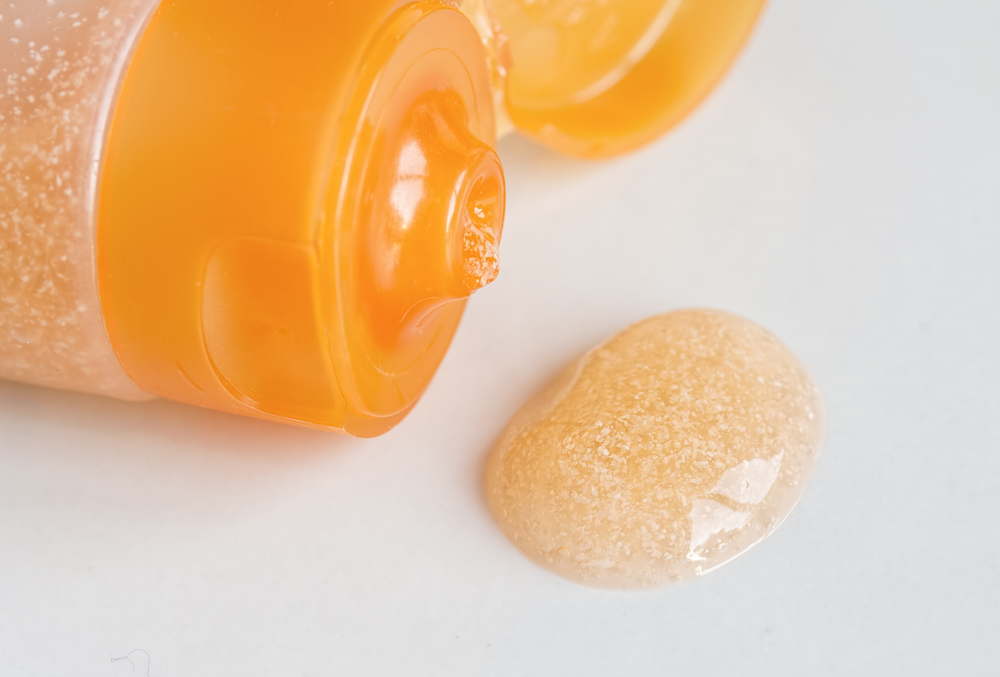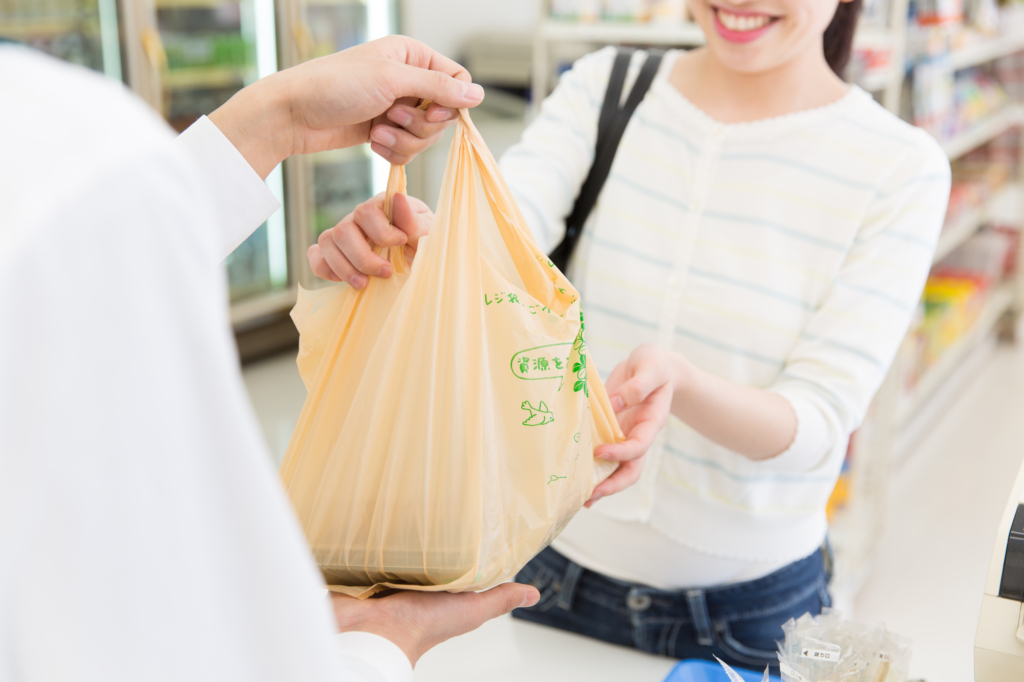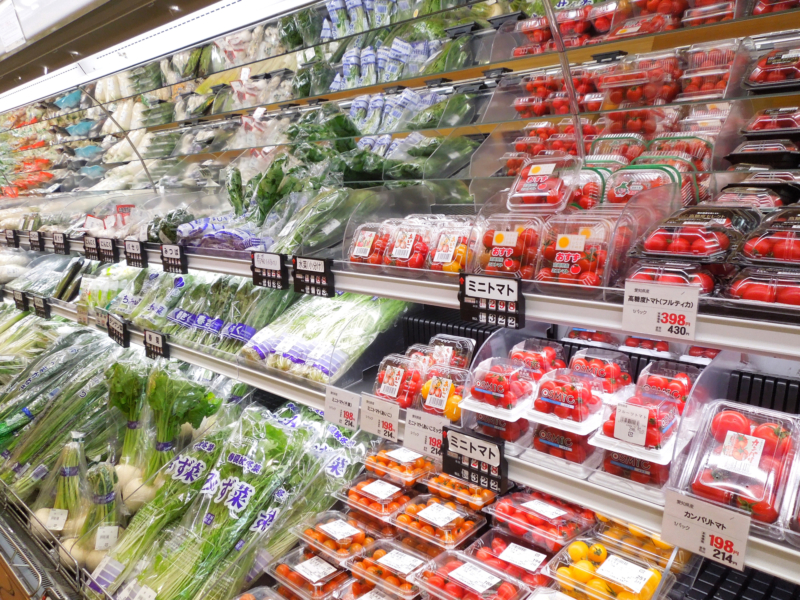Bananas wrapped individually in plastic. Apples in styrofoam sleeves, on a polystyrene tray, then wrapped in plastic cling film. A cold drink and a re-heated bento box from a convenience store are placed in two separate plastic bags. Japan’s obsession with plastic packaging is no secret. You would be hard-pressed to find food that isn’t tightly and routinely swathed in plastic. But what is the reason for Japan’s plastic obsession?
Why Does Japan Use So Much Plastic?

Plastic packaging accounts for 68% of all plastic waste generated in Japan
Ministry of the Environment Government of Japan
Imagine going to your boss’s birthday party – you wouldn’t dream of not gift-wrapping the present, however cheap or expensive it is. In the same way, the Japanese culture of gifting, coupled with “omotenashi” (hospitality; the importance of customer service) drives retailers to package everything, and mostly in plastic for its low cost and durability.
On top of giving the assurance of things being clean and safe, items can also appear more upmarket when wrapped in plastic. This explains why plastic packaging accounts for 68% of all plastic waste generated in Japan.
Plastic Waste in Japan

Japan is the second-largest consumer of disposable plastics in the world after the U.S., according to a report by the UN Environment Program. Japan produced 9 million tons of plastic waste in 2018, of which about 1.5 million tons were exported, mostly to developing countries such as Malaysia and Vietnam. These countries generally lack tough measures to prevent illegal dumping, as demonstrated by studies that show that more than 80% of the world’s marine plastic pollution comes from Asia.
Japan is the second-largest consumer of disposable plastics in the world
UN Environment Program
It is estimated that up to 60,000 tons of Japan’s plastic waste end up in the ocean each year, according to a study by the Ministry of the Environment. All this plastic pollution in the ocean is choking marine life, and turning some parts of the ocean into a plastic soup.
30 Billion Plastic Bags Are Used Per Year

Japanese shoppers consume over 30 billion bags a year – that’s 17 times as many plastic bags as the UK, even though Japan’s population is only twice that of the UK. And that’s just the larger bags from the supermarket. Including the smaller convenience store bags, the average person uses up to 450 bags a year!
From July 1, 2020, all retail outlets, including supermarkets, convenience stores, and department stores across Japan are required to charge a fee for plastic shopping bags as part of a government initiative to reduce single-use plastic waste. Some retailers such as McDonald’s and Yoshinoya have adopted the use of bioplastic bags, which are exempt from the charge if it contains 25% or more of plant-derived materials.
740 Plastic Bottles Are Bought Every Second

Each person on average buys about 183 plastic bottles (known as PET bottles) a year, which adds up to 23 billion bottles a year in Japan – enough to go around the world 126 times!
In 2018, the recycling rate for PET bottles was reported at 85%, among the highest in the world. Despite the high recycling rate, it hasn’t stopped bottles appearing on seashores, beaches, and in the seas around Japan. A 2016 Environment Ministry survey showed that 23% of the plastic bottles collected on the shores of Tsushima Island off of Nagasaki Prefecture originated in Japan, other sources being its neighbors China and Korea.
Is Japan Really Recycling 84% of its Plastic Waste?

Japan has always been known as a country that has a high rate of end-of-life plastic recycling, reported at 84%. But if you think that 8 out of 10 of your plastic waste goes into making shiny new plastic items, think again. An important caveat that is often overlooked or left out is that up to 70% of this “recycled” plastic is burned for energy. “Thermal recycling” treats 56% of plastic waste, which generates electricity but also produces carbon dioxide emissions that are bad for the environment. Only 23% of plastic waste is reused for its materials, while 4% goes into chemical recycling which converts plastic back to its raw form for industrial uses.
People in Japan buy enough plastic bottles each year to go around the world 126 times
Japan was one of the countries that used to send a lot of its plastic waste to China, but since China banned plastic waste imports in 2017, Japan’s own recycling systems are gradually becoming overwhelmed by the sheer volume of plastic. Waste storage facilities are also reaching saturation levels, which means more ends up being burned or sent to landfills, adding to pollution in the air, land, and seas.

Menacing Microbeads
Chances are that you’ve heard of or have used products containing microbeads. You may have even read that a number of countries around the world – including Canada, France, Taiwan, the USA and the UK, have banned products that contain microbeads.

Microbeads are tiny plastic particles (usually smaller than 5mm in diameter) that are added to beauty and hygiene products such as toothpaste and face wash for exfoliating purposes. The problem is, these plastic beads are so small that wastewater treatment plants can’t filter them out and prevent them from flowing into the rivers and oceans, and they end up being inhaled or eaten by marine animals and getting into the food chain.
Unfortunately, there’s no regulation concerning microbeads in Japan, and it is up to companies to decide whether to use and manufacture them or not. Some big brands like Kao and Shiseido have already stopped selling products containing microbeads, but some companies still use them in their products.
But I Love My Combini Rice Balls!

…and pizza chips, and sea urchin flavored rice crackers, and plum wine Kit Kats! Some foods just have to be wrapped. And so manufacturers and food suppliers around Japan are slowly responding to the need for change – whether it be reducing their reliance on plastic packaging, upping their recycling efforts, or replacing traditional plastic with non-fossil fuel alternatives.
In July 2019, 7-Eleven replaced the plastic wrapping of its rice balls for a plant-based alternative, using sugar-cane-derived material. At 2.2 billion rice balls a year, this saves roughly 260 tons of plastic and reduces CO2 emissions by 403 tons a year.

Other convenience stores are joining the effort as well. FamilyMart is now using recycled plastic for its containers for cold noodles. Lawson ditched the plastic straws and cups used for cold drinks at their Machi Cafe and replaced them with paper cups, leading to an annual reduction of about 1,830 tons of plastic.
Seico Mart has also taken many initiatives to reduce their plastic consumption. As of July 2020, it is utilizing bags made with at least 30% biomass material rather than those made using fossil fuel resources. Other initiatives include collecting used egg cartons for recycling (38 tons were collected in 2019) and reducing the thickness of plastic bags used for vegetables and other side dishes (which has helped reduce plastic usage by 11%). In 2019, the aforementioned KitKats also began using paper packaging instead of plastic.
Be The Change

Japan does have the technology, high public awareness, and willingness to sort and deal with its waste. However, this has led to a false sense of security and blindsided many to the harms and pollution caused by plastic waste. What is actually more important is to reduce the amount of plastic waste produced.
With packaging and consumer products being the largest contributor of plastic waste production, a lot of what we do as consumers can help reverse the damage.

For starters, you can bring your own shopping bag, tumbler, water bottle, and cutlery. Say “no” to single-use plastic bags and cutlery, and use the free “mymizu” app to locate free water stations around Japan.
Support brands that use plant-based packaging and products that don’t contain microbeads (look out for polyethylene ポリエチレン, polypropylene ポリプロピレン and copolymer コポリマー, indicators of the presence of microbeads).
Finally, if you cannot avoid plastic packaging, make sure you clean and properly separate plastic recyclables from other trash.
Stay tuned for an upcoming article for tips on a single-use-plastic-free lifestyle!
Title image credit: tsukat / PIXTA
If you want to give feedback on any of our articles, you have an idea that you’d really like to see come to life, or you just have a question on Japan, hit us up on our Facebook!
The information in this article is accurate at the time of publication.

